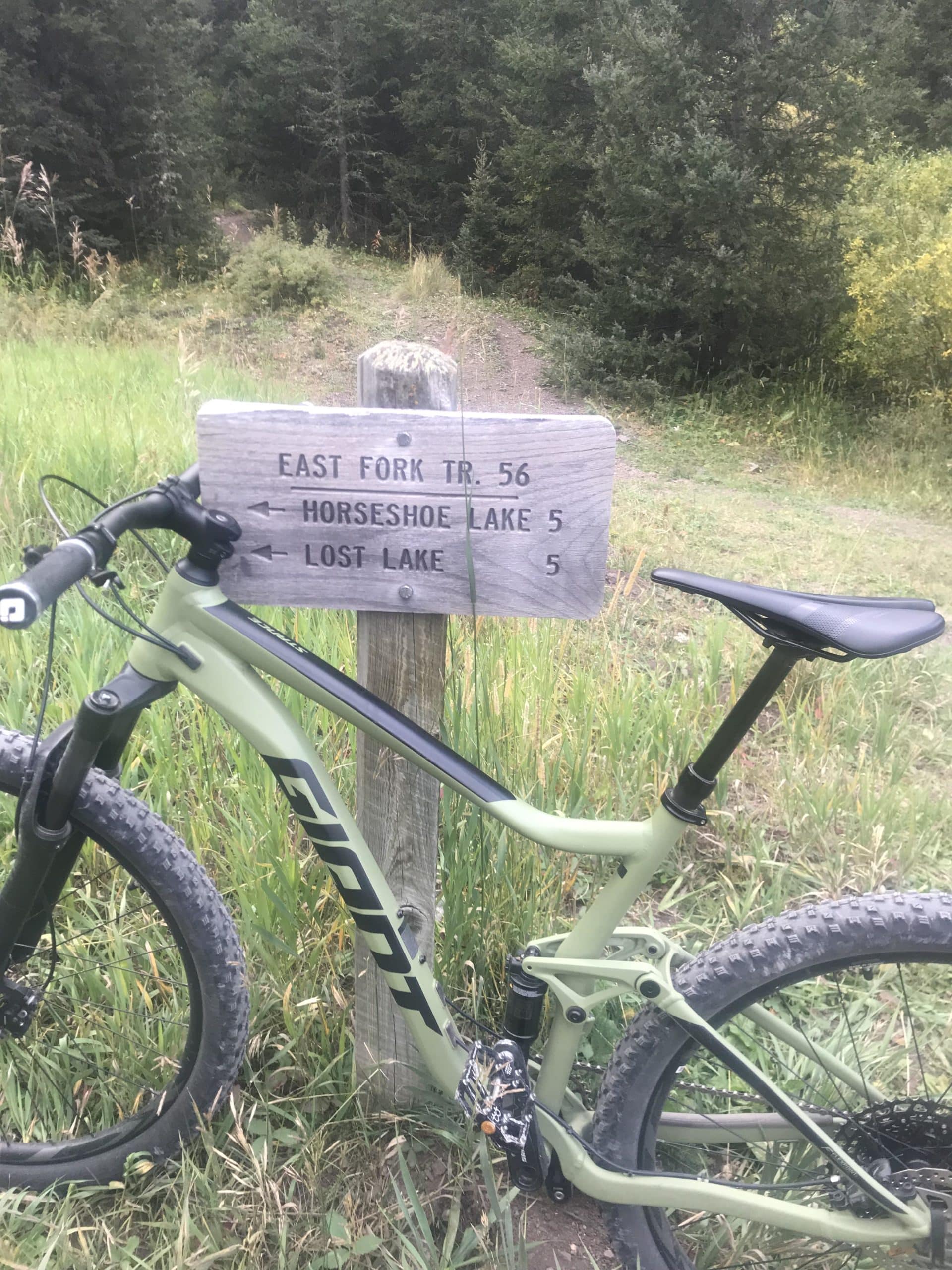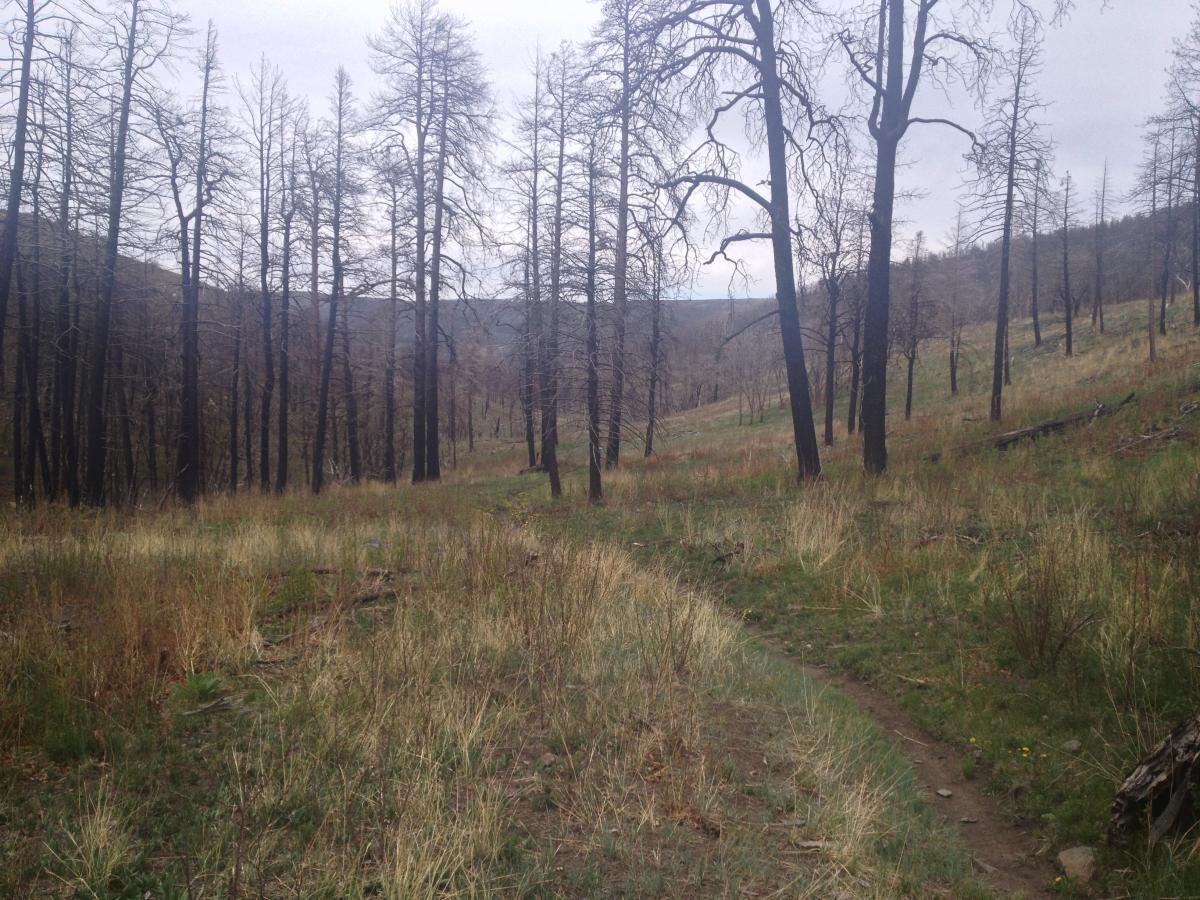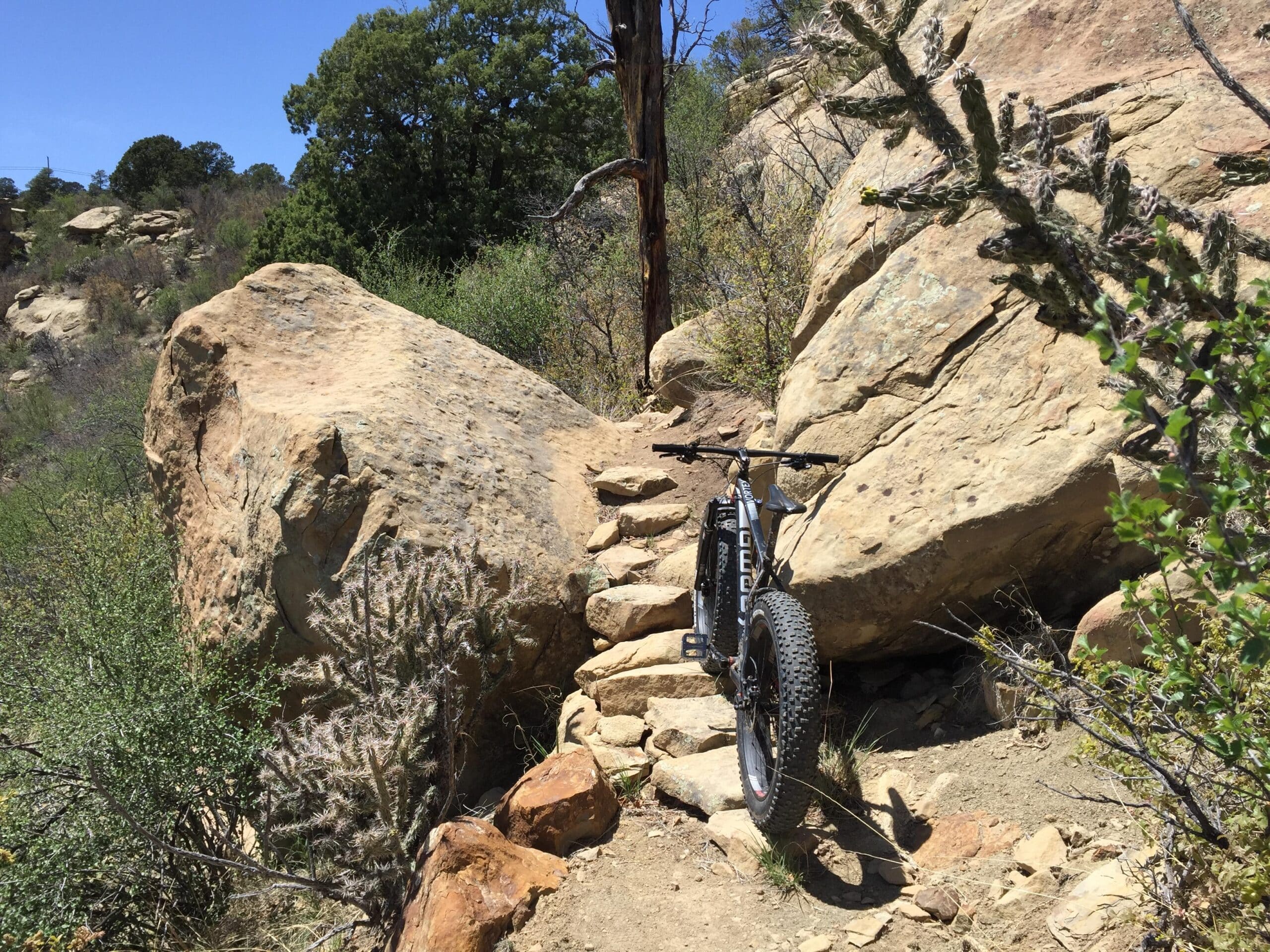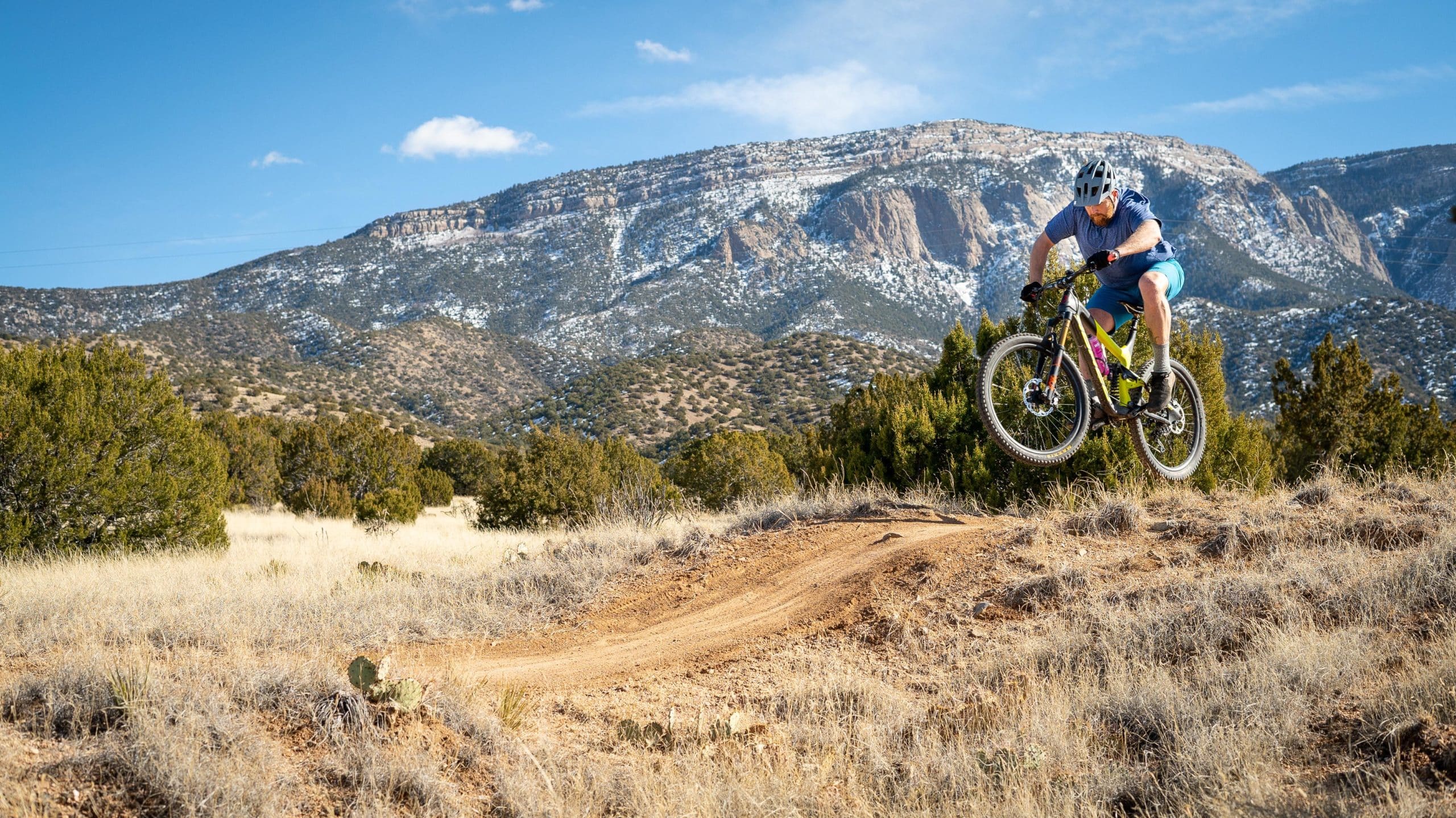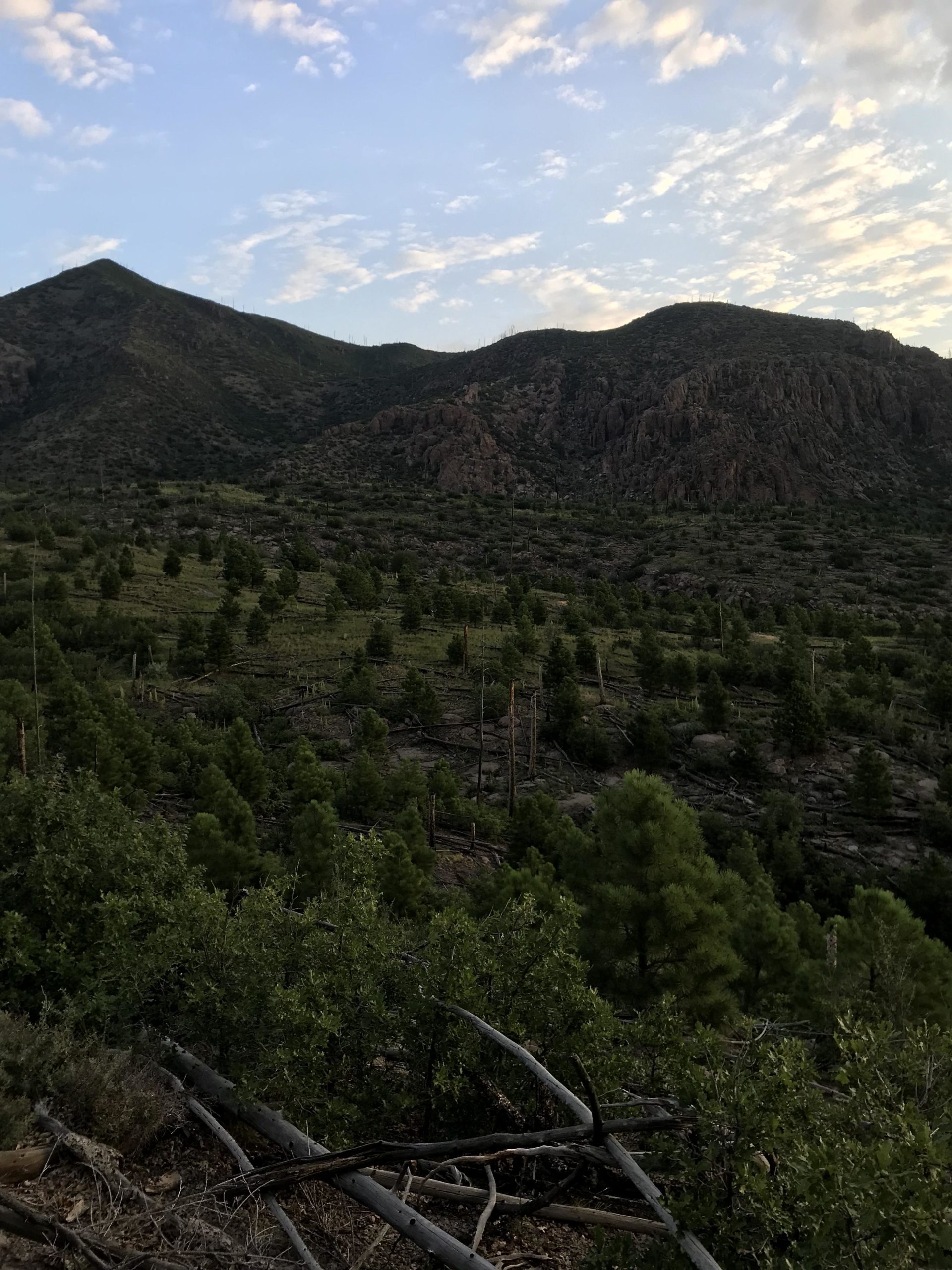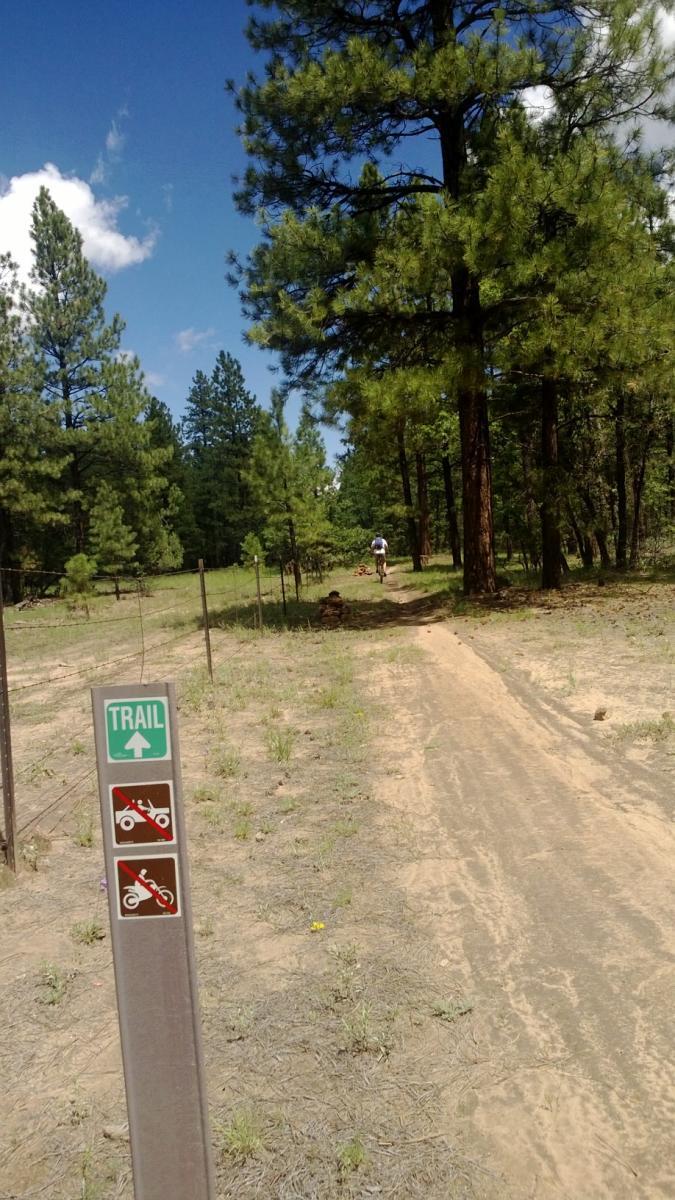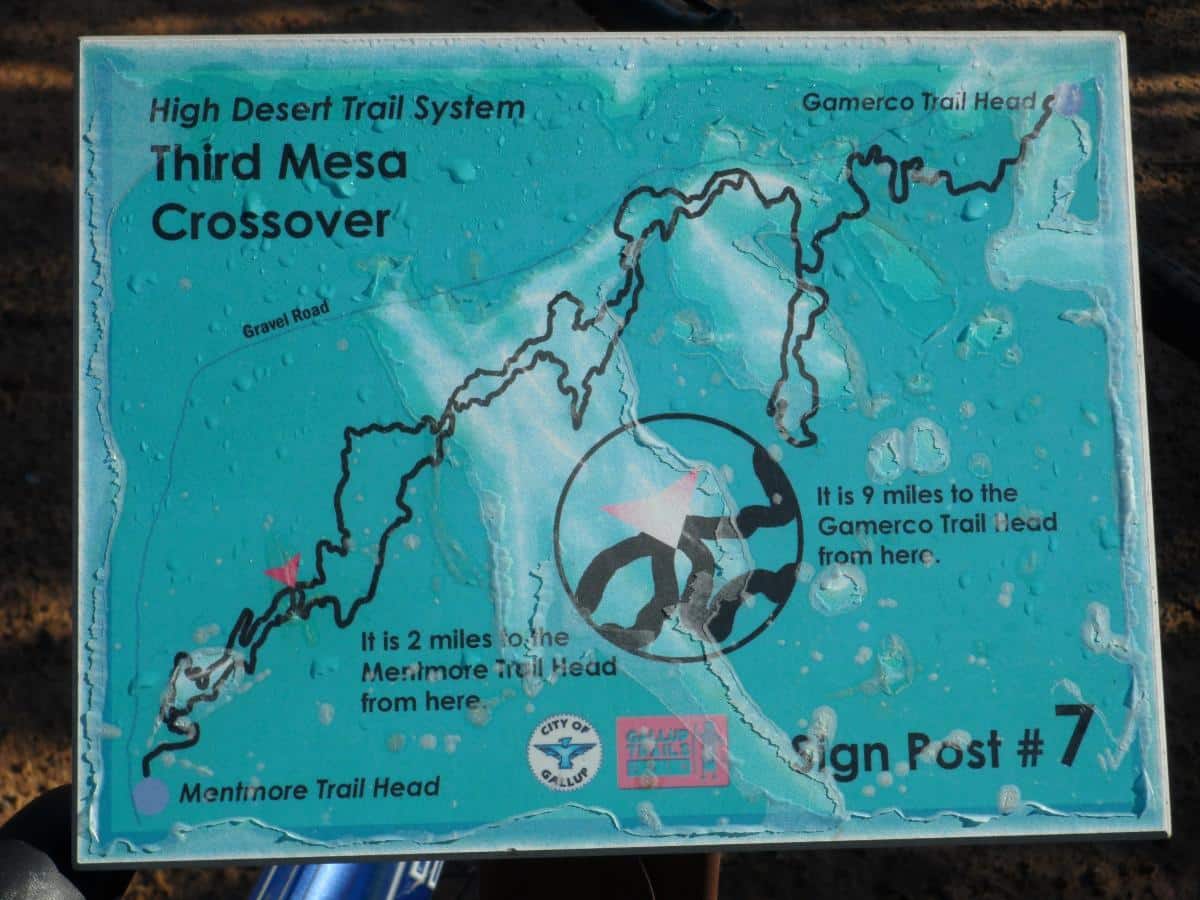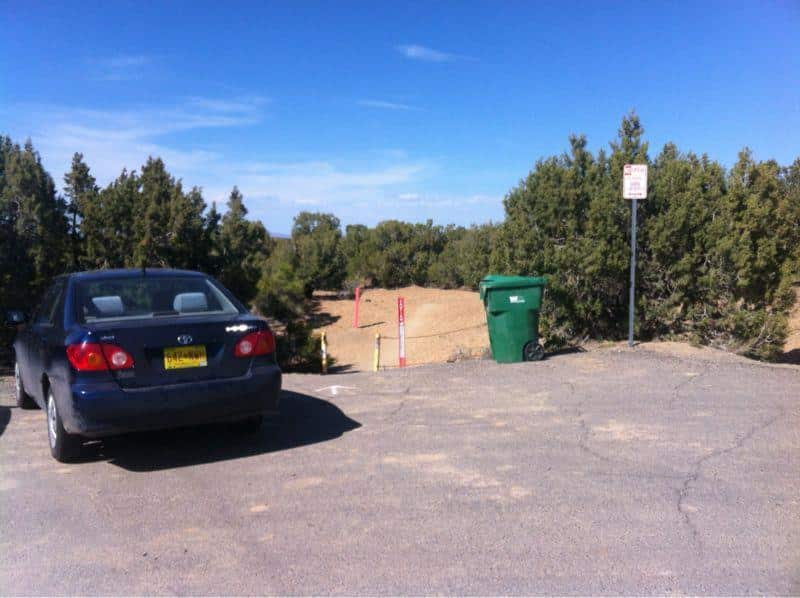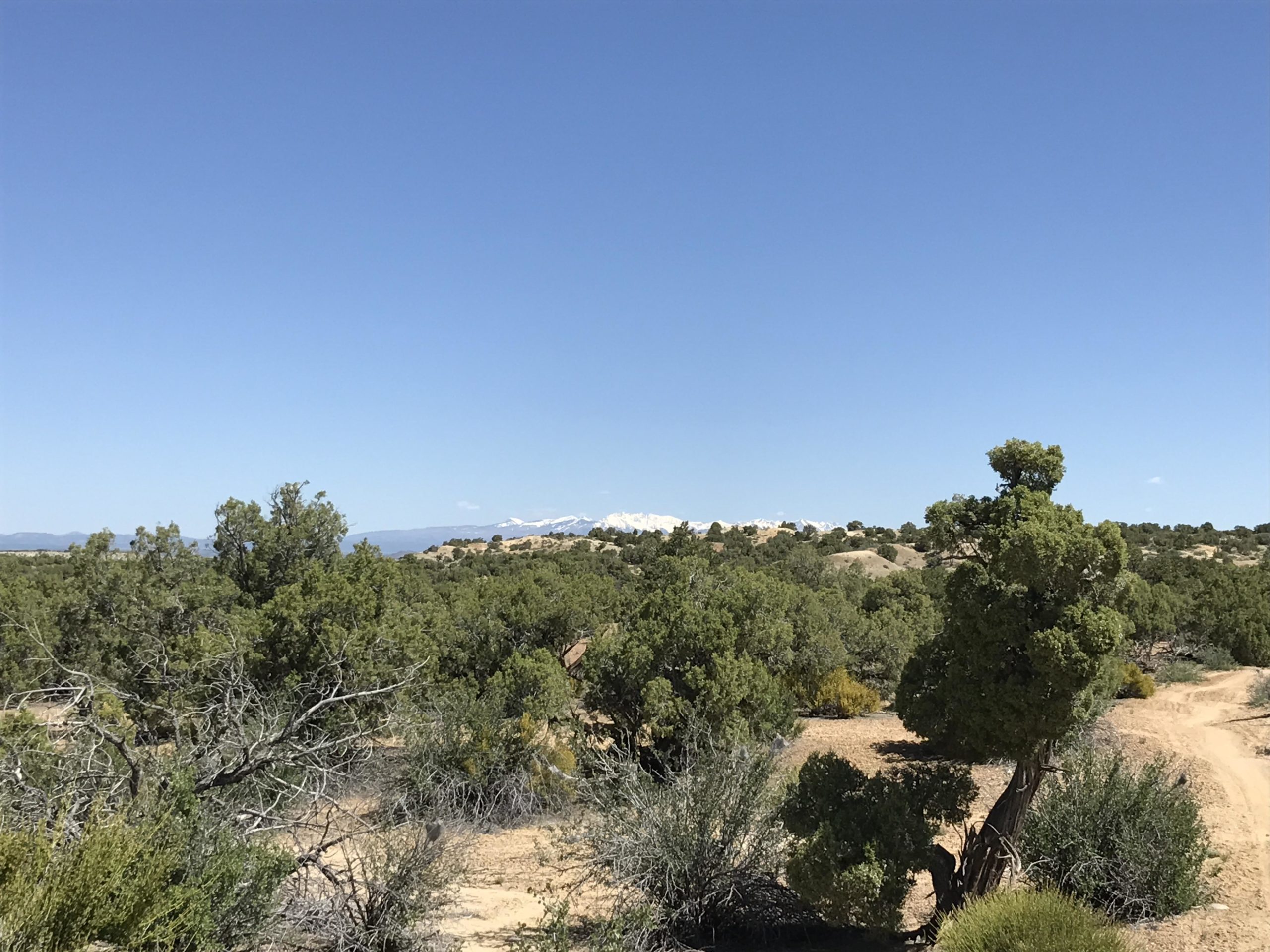New Mexico: Area Description
With its arid climate, towering mountains, and vast desert landscapes, New Mexico offers a unique and challenging terrain for bikers of all levels. From the scenic Rio Grande to the rugged peaks of the Sangre de Cristo Mountains, New Mexico is home to an extensive network of bike trails that wind through some of the state's most iconic landmarks and natural wonders.
Geography of New Mexico
As mentioned earlier, New Mexico is the fifth largest state in the US. Despite being arid, New Mexico’s landscape is pretty diverse. It has wide, auburn-colored deserts, heavily forested mountains, snow-capped peaks, broken mesas, and verdant grasslands. Some of the notable geographical features in the state include:
- Sangre de Cristo Mountains;
- Rocky Mountains;
- Rio Grande;
- Liano Estacado;
- Colorado Plateau;
- Chihuahuan desert;
- Pinyon-Juniper woodland;
- Mescalero ridge escarpement.
Nearly four-fifths of New Mexico is over 4000 ft above sea level. The Northwest has an average elevation that ranges up to 8000 ft above sea level and the Southeast is below 4000 ft. Wheeler Park on the Sangre de Cristo Mountains is the highest point at over 13,160 ft. The Red Bluff Reservoir is the lowest point at 2840 ft.
Besides the Rio Grande, New Mexico has other major river systems including; San Juan, Pecos, Canadian, and Gila. In addition to the natural river system, the state has a few large water bodies like artificial lakes and reservoirs. Several biking trails run along these water bodies and other attractive natural features. For instance, the Paseo del Bosque trail runs within the Rio Grande Valley State Park and offers easy access to the Rio Grande nature center where you can see a part of the Rio Grande.
| Land area |
121,590 mi2 (314,900 km2) |
| Minimum Elevation |
2842 ft |
| Maximum Elevation |
13,167 ft |
Demographics of New Mexico
New Mexico is the sixth most sparsely populated state in the U.S. Its total surface area is 121,590 square miles yet it has 17 people per square kilometer. The state owes its low-density population to its diverse landscape consisting of deserts, mountain ranges, and huge forests.
Bernalillo County has the highest population. It has more than a third of the entire state’s population because of Albuquerque city. The state’s population is 2,117,522 and Alburqueque's total population is 559,121.
The median age in the state is 37.2 years. 75% of the population are Christians and Hispanic and Latino Americans are the largest ethnic groups. Mexican Americans and Hispanos are nearly half of the state’s population. When it comes to languages, New Mexico is the third most multilingual state after Texas and California. 64% of the population speaks English only, and 28% speak Spanish at home. The state is bilingual as the constitution requires the laws to be published in English and Spanish.
| Total population |
2,117,522 |
| Population density |
17/mi2 |
Climate of New Mexico
New Mexico is popular for its dry climate which has ever been its greatest attraction. The state is mostly semi-arid to arid with continental and alpine climates at its highest points. The state gets an average of 350mm of precipitation annually. The state’s eastern third gets the most rainfall and the western third the least. The lowest elevations get as little as 250 mm and the highest elevations get up to 1000 mm. The highest precipitation levels are usually in late summer.
Summers in New Mexico are warm and pleasant, though it can get hotter than 38 degrees Celsius. Summer (April to May) is a perfect time to bike on the state’s numerous trails. July to August is the Monsoon season and you have to check the weather forecast before heading out with your bike as late afternoon rain spurts are common in the season. The weather forecast will help you avoid inclement weather especially if you plan to ride on the higher elevation parts. Avoid riding on days when lightning is expected.
Winters can get extremely cold with temperatures as low as 21 degrees Celsius and plenty of snow on the mountains. Winter is the driest season in the state, however, the valleys and other low elevation areas can get precipitation in the form of rain. If you enjoy winter biking, you can keep off the trails near snowy mountain areas.
Average temperature by months and seasons
| Month |
Average Temperature |
| January |
49.7°F (9.8°C) |
| February |
54.0°F (12.2°C) |
| March |
61.8°F (16.6°C) |
| April |
69.2°F (20.7°C) |
| May |
78.1°F (25.6°C) |
| June |
87.8°F (31.0°C) |
| July |
88.8°F (31.6°C) |
| August |
86.3°F (30.2°C) |
| September |
80.4°F (26.9°C) |
| October |
70.6°F (21.4°C) |
| November |
58.6°F (14.8°C) |
| December |
49.4°F (9.7°C) |
Infrastructure in New Mexico
New Mexico is not a biking State as personal automobiles are the main means of transportation. Although the roads are structurally deficient, they serve the residents in remote places and cities. You can use the rural and intercity public transportation by road provided by government operators.
What’s more, the state has four primary commercial airports. The airports are small aviation hubs served by regional and local commuter airlines, except for Albuquerque airport which is the state’s main aerial entry point.
The biking infrastructure in New Mexico is almost non-existent except for the numerous off-road bike trails. The state legislature recently proposed a bill that requires municipalities to build protected bike lanes when improving roads. The bike lanes will be protected with permanent physical barriers like bollards, raised curbs, flexible delineator posts, and materials like granite or concrete.
Sights and Landmarks in New Mexico
New Mexico has numerous attractive sights and landmarks worth visiting. Multiple trails, both natural and man-made, run along or cross the scenic sightings. Some of the must-see landmarks on or off-bike include:
- White sands national monument;
- Rio Grande gorge bridge;
- Bandeller National monument;
- Santa Fe Plaza;
- Albuquerque old town;
- Ghost ranch;
- High road to Taos;
- Enchanted circle drive.
The Paseo del Bosque trail runs within the Rio Grande Valley State Park. It offers easy access to the Rio Grande Nature Center which has the forest walk that allows you to see parts of the great Rio Grande River. It also offers easy access to the city’s most famous botanical gardens and the zoo.
The Santa Fe Rail trail runs along the Santa Fe Southern Railway which is an active tourism line. You will be surrounded by the serenity of Junipers, Yucca, and Pinon trees.
The Sandia Foothills open space park has multiple trails running through it including the famous Sandia Mountains Foothill trail. On the trail, you’ll be surrounded by various shrubs including; apache plume, chamisa, oaks and three-leaf sumac. The shrubs and trees are homes to various wildlife like coyotes, rabbits, rock squirrels, black bears, and rattlesnakes. You will also see different bird species.
On the Elena Gallegos Open Space / North Foothills trail you will enjoy the diverse landscape that supports a wide variety of plants including Apache plume, scrub oak, Chamisa, Soapweed Yucca, and Blue grama grass. If you are lucky, you may spot rat nests, bears, and cougars. Ensure you are cycling in a group or making some noise to avoid surprising dangerous animals like bears and cougars. Keep a fair distance and yield in case they need to use the same path you are on.
FAQ
Is New Mexico’s climate suitable for cycling?
New Mexico is one of the best biking destinations in the country because of its favorable, dry, temperate climate. Summer is the best season for cycling as summers are warm and nice in the region. In spring you’d be safer planning your rides according to the weather forecast. Winters are cold but you can still go for a ride on the all-weather trails if you are into winter biking.
Which is the best trail for mountain biking in New Mexico?
New Mexico has numerous mountain biking trails with different features for all biking skill levels. The Tunnel Canyon and Otero Canyon trail are excellent intermediate-rated mountain biking trails. They have a few technical climbs and rocky sections to get past and some fast swooping runs in between. The Sandia Mountains Foothill trail is also a great option with a steady climb in Albuquerque. The trails can be fun if your bike is in good shape. You should also be fit for the challenges. Generally, the level of difficulty depends on your riding speed.
Is there a paved bike trail in New Mexico?
The Paseo Bosque Trail is a six-foot wide smoothly paved asphalt. It doesn’t have auto traffic and has access to the city’s greatest attractions like the zoo and botanical gardens.

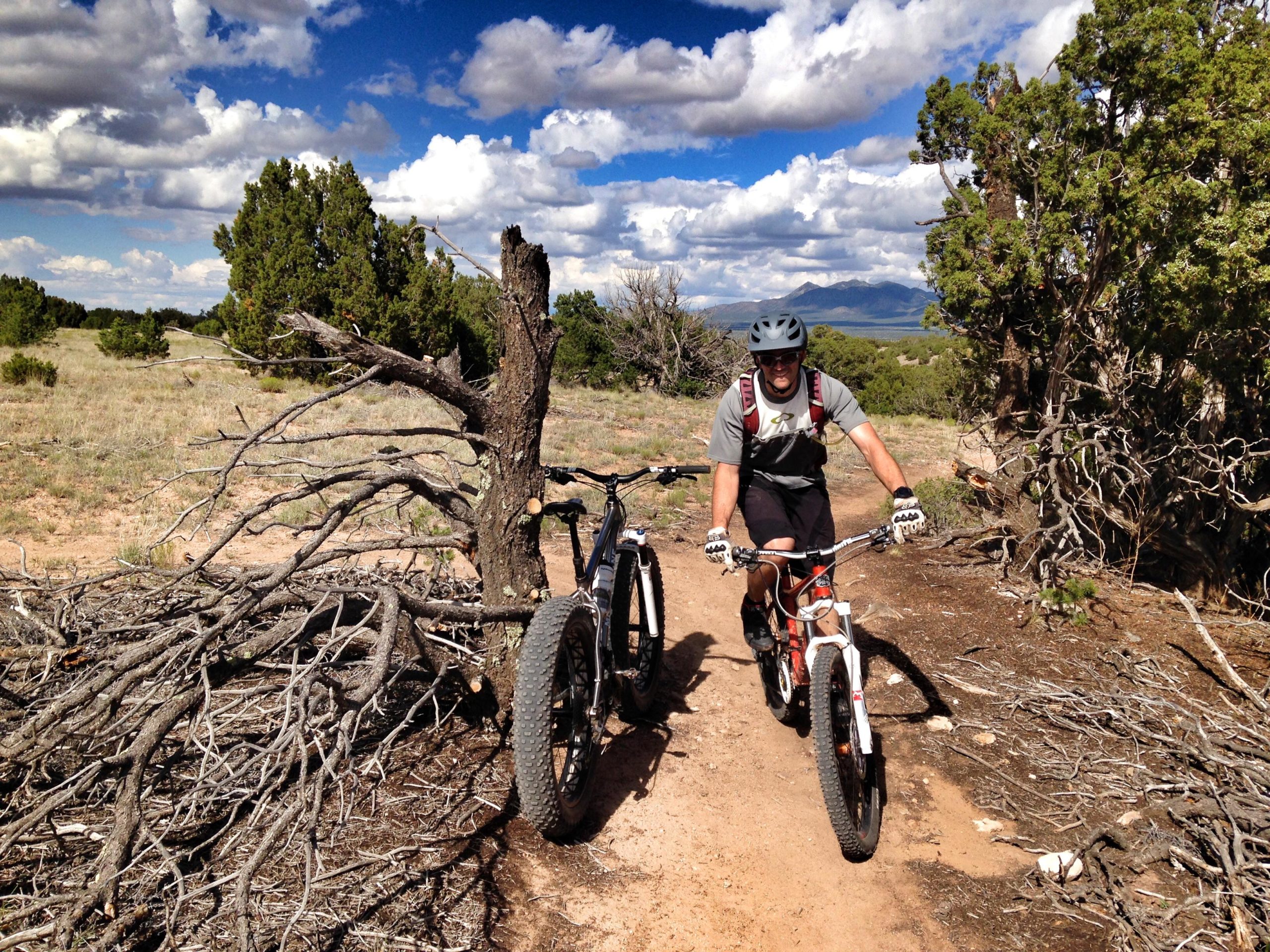
 8 mi
8 mi
